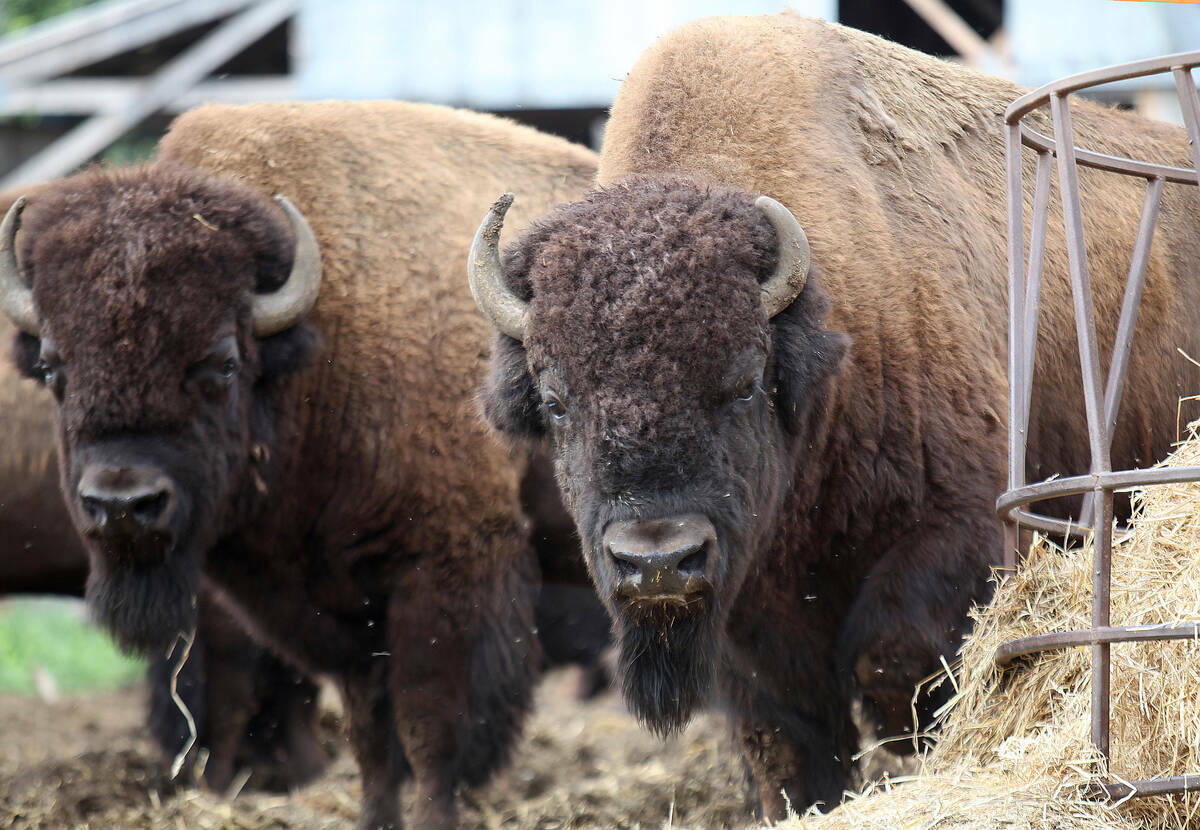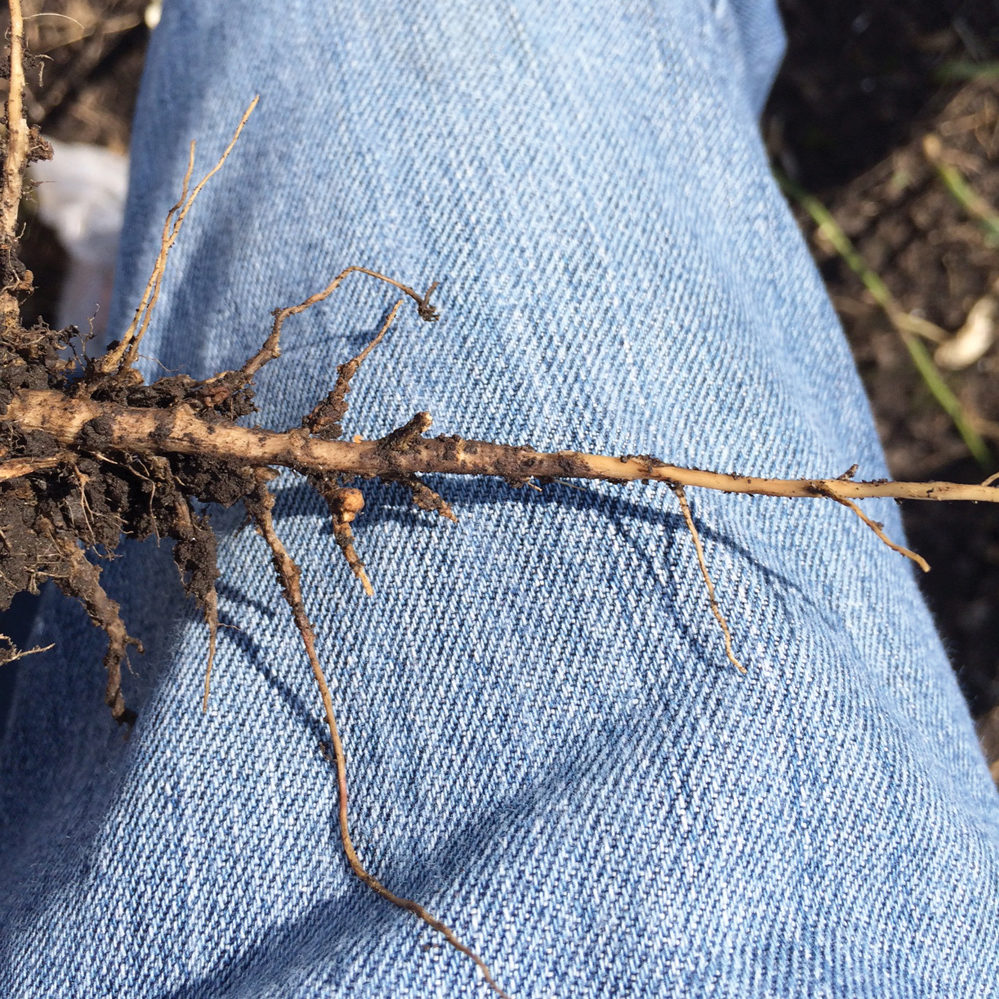This year’s wet conditions may leave a nasty legacy — more clubroot infestation and more strains of the pathogen able to overcome resistant varieties.
“In the years where there is more wet weather, we expect to have more severe symptoms and more widespread infestation,” said Stephen Strelkov, a University of Alberta professor of plant pathology who has become one of the world’s top experts on the soil-borne disease.
“In cases where a susceptible variety is being grown or a new strain of pathogen has emerged, we would expect there to be more symptoms showing up this year.”
Read Also

Bison prices remain high, but supply shrinks
Bison numbers are down amid increasing demand and record high market prices.
The clubroot pathogen is most prevalent around Edmonton, has also moved into the Red Deer and Westlock areas, and is spreading by about 30 kilometres each year. In the most infected fields, there are 10 million spores in a gram of soil.
And this year’s rainy summer could accelerate infestation. In wet soils, more resting spores germinate, and then develop flagella, which allows them to “swim” to new plant rootlets.
Clubroot has been easier to spot this year but a Canola Council of Canada agronomy specialist said the full picture won’t be known until all of the 2016 field reporting data is in.
“With flooding and stuff, it could spread a bit more than normal years,” said Dan Orchard.
But another, and perhaps greater, worry is that more spores will mean even more strains able to overcome clubroot-resistant varieties of canola. Since 2014, researchers have found 11 new such strains of the clubroot pathogen.
Worse yet are how some of these strains able to overcome resistance are developing. Generally, they spread from one field to another just as normal spores do — such as by hitching a ride in soil clinging to farm equipment or via wind or water erosion.
“But in some cases, it’s likely that in these fields, the selection pressure is acting independently, so some strains are being selected for by cropping resistant varieties, and in other fields, that’s happening independently,” said Strelkov. “It’s not just spreading from one point, but it’s being selected for in different fields simultaneously over the last few years.”
As well, and not surprisingly, the higher the spore levels in a field, the more likely that resistant varieties will become infected.
“The guys who had patches before, that were pretty bad, started to grow resistant varieties and now they’re seeing patches (of clubroot) in those after a few rotations,” said Orchard who works in central and northern Alberta. “That was a bit of an alarming thing.”
The canola council is calling on growers to be vigilant in their scouting.
“Swathing is a good time to pick out the patches that look a little prematurely ripened,” said Orchard. “Maybe stop the swather, stretch your legs, and pull a bunch of plants and see if there are symptoms.”
The canola council’s clubroot management strategy includes removing as much soil as possible off equipment before heading to the next field, less tillage (to reduce erosion and hence downwind movement of soil), and growing resistant varieties.
But the most effective measure is to grow canola less often.
“It’s important to realize that the bulk of the problems that have become serious and hard to manage are on a two-year rotation,” said Orchard.
















